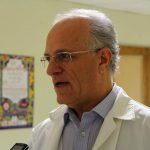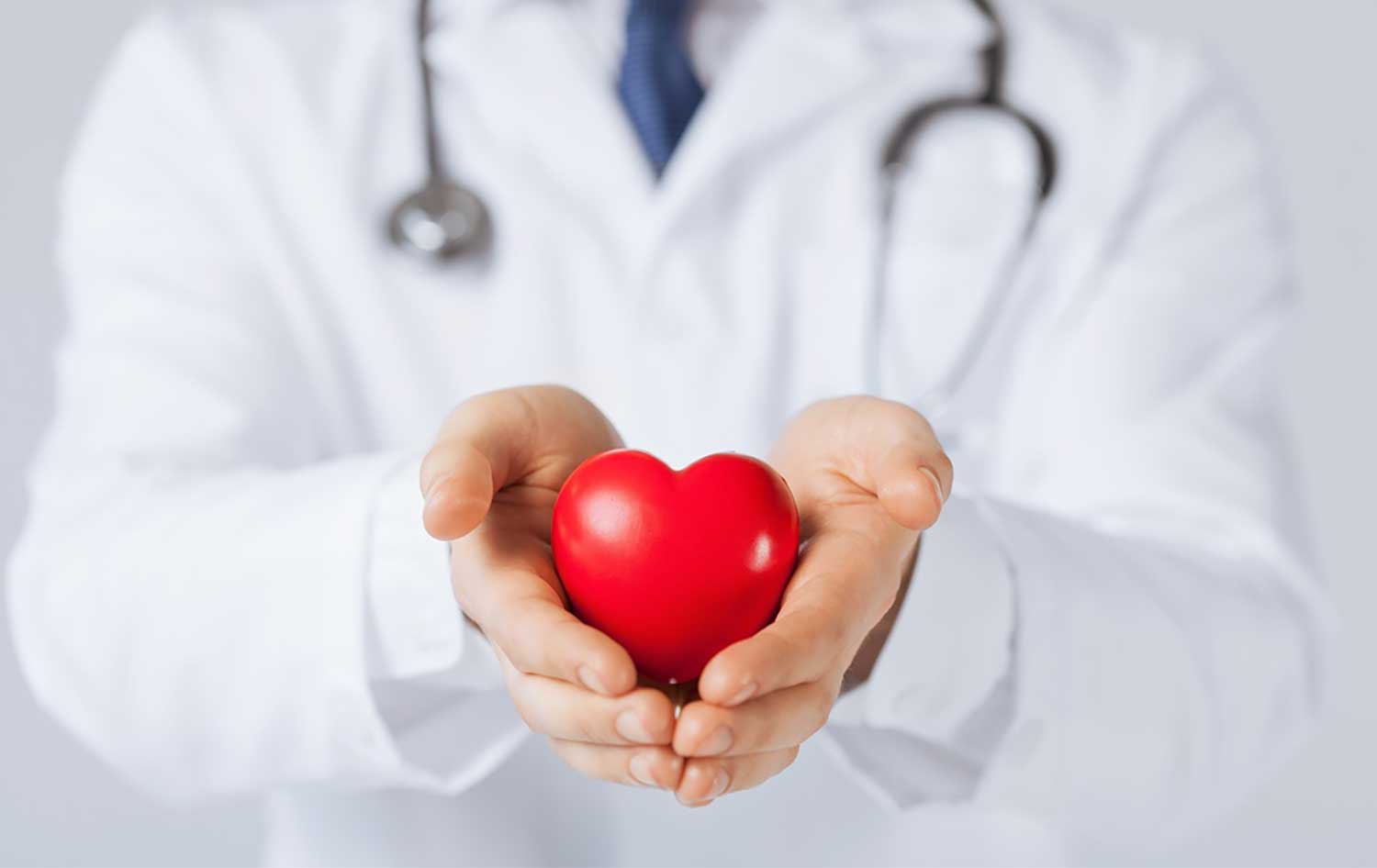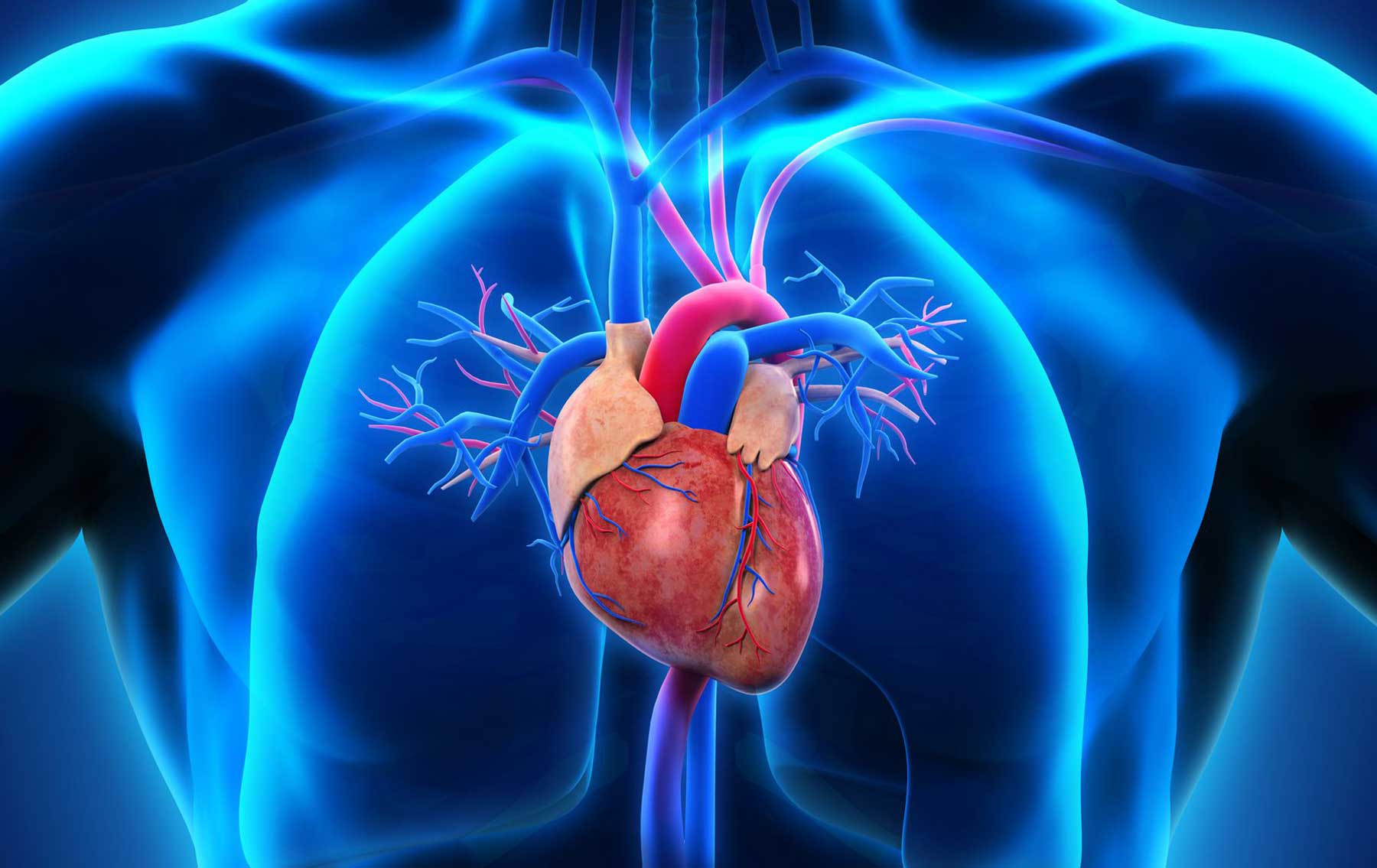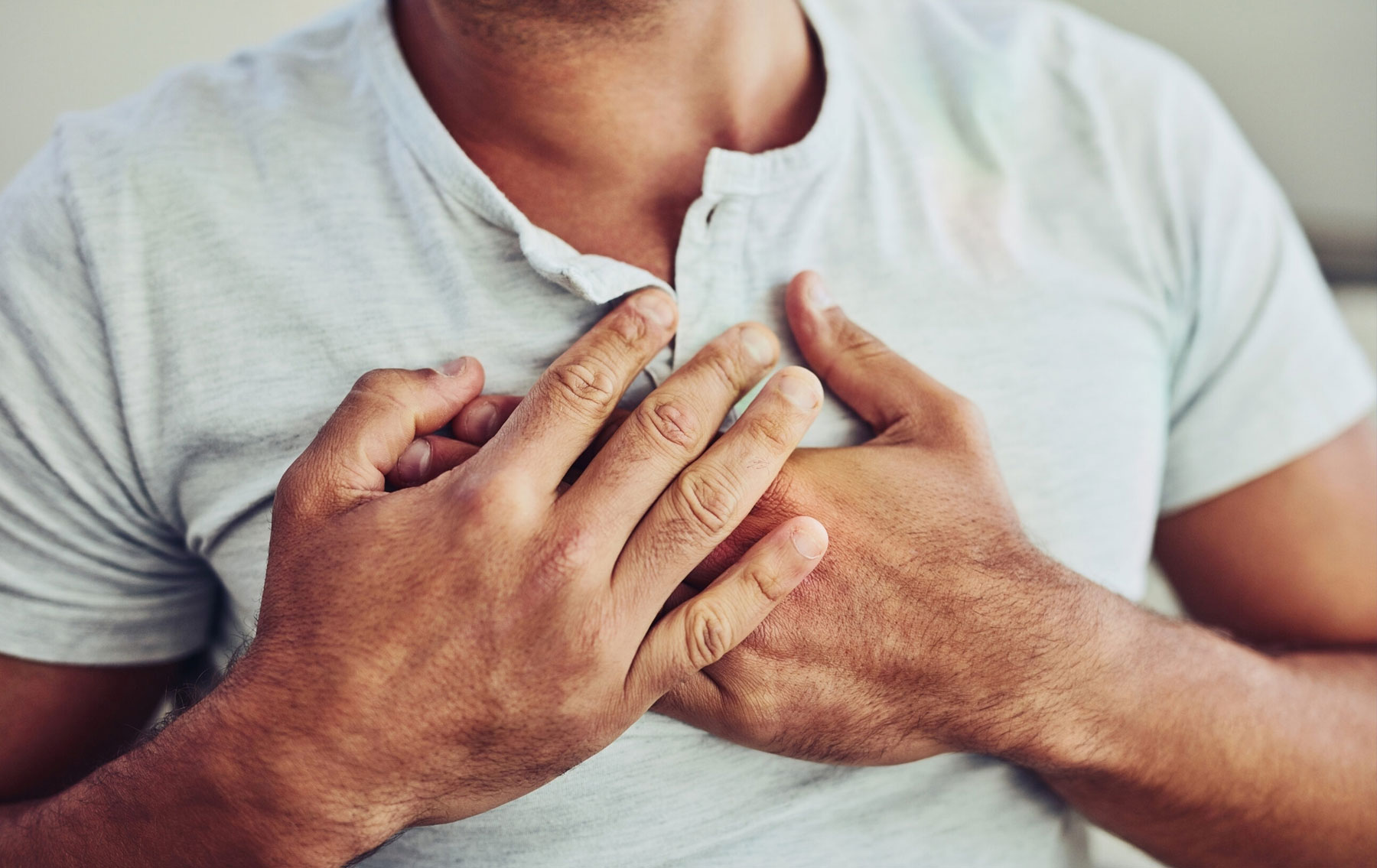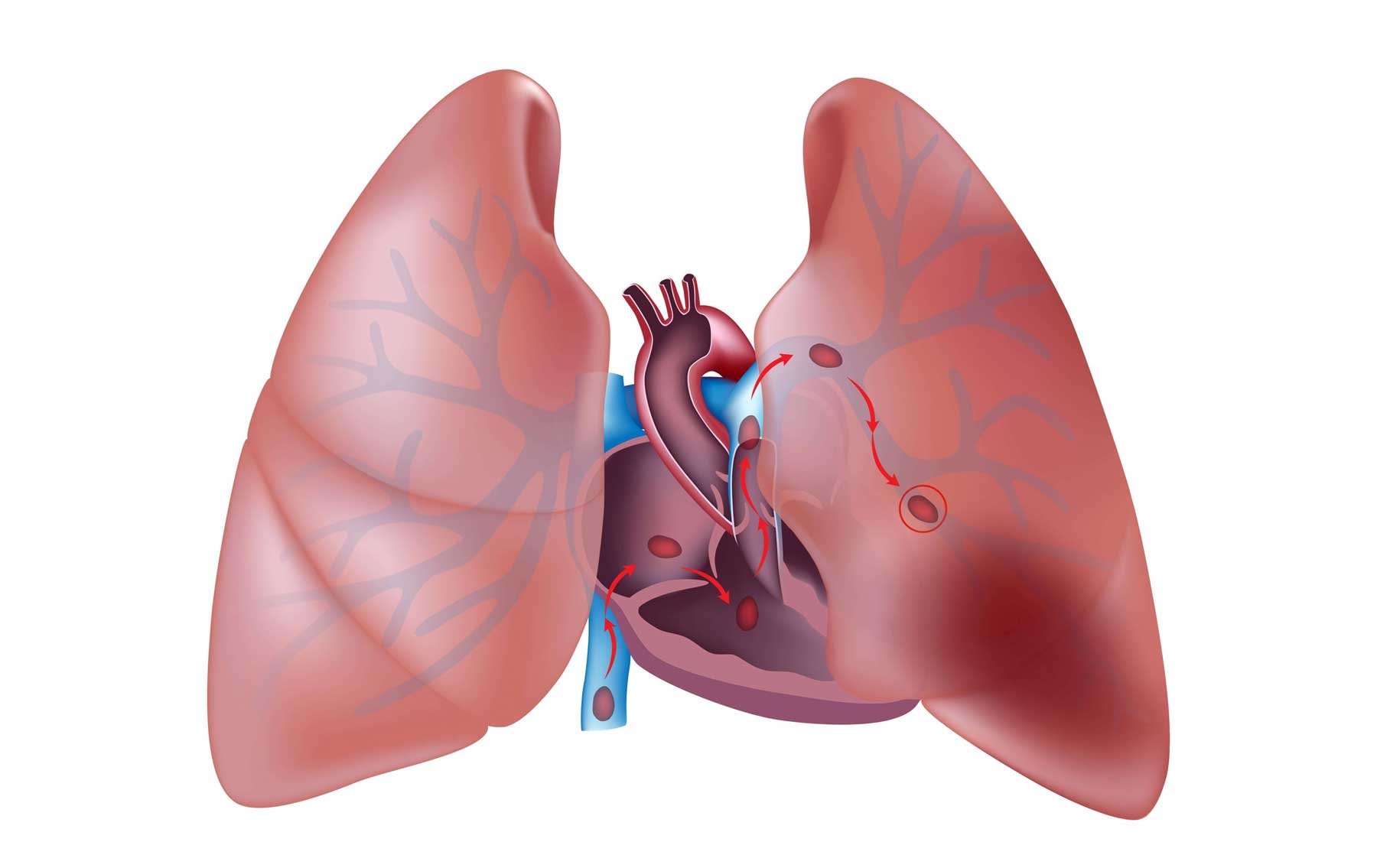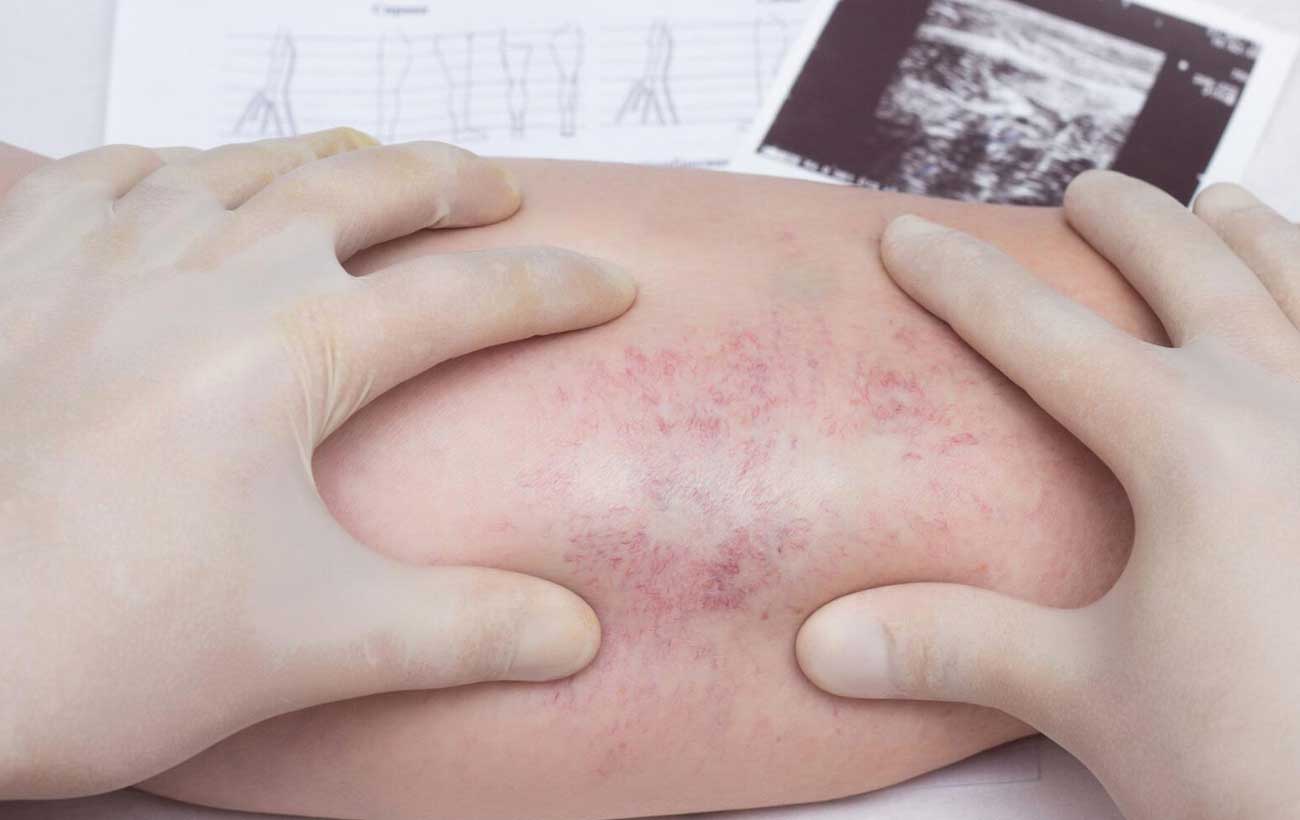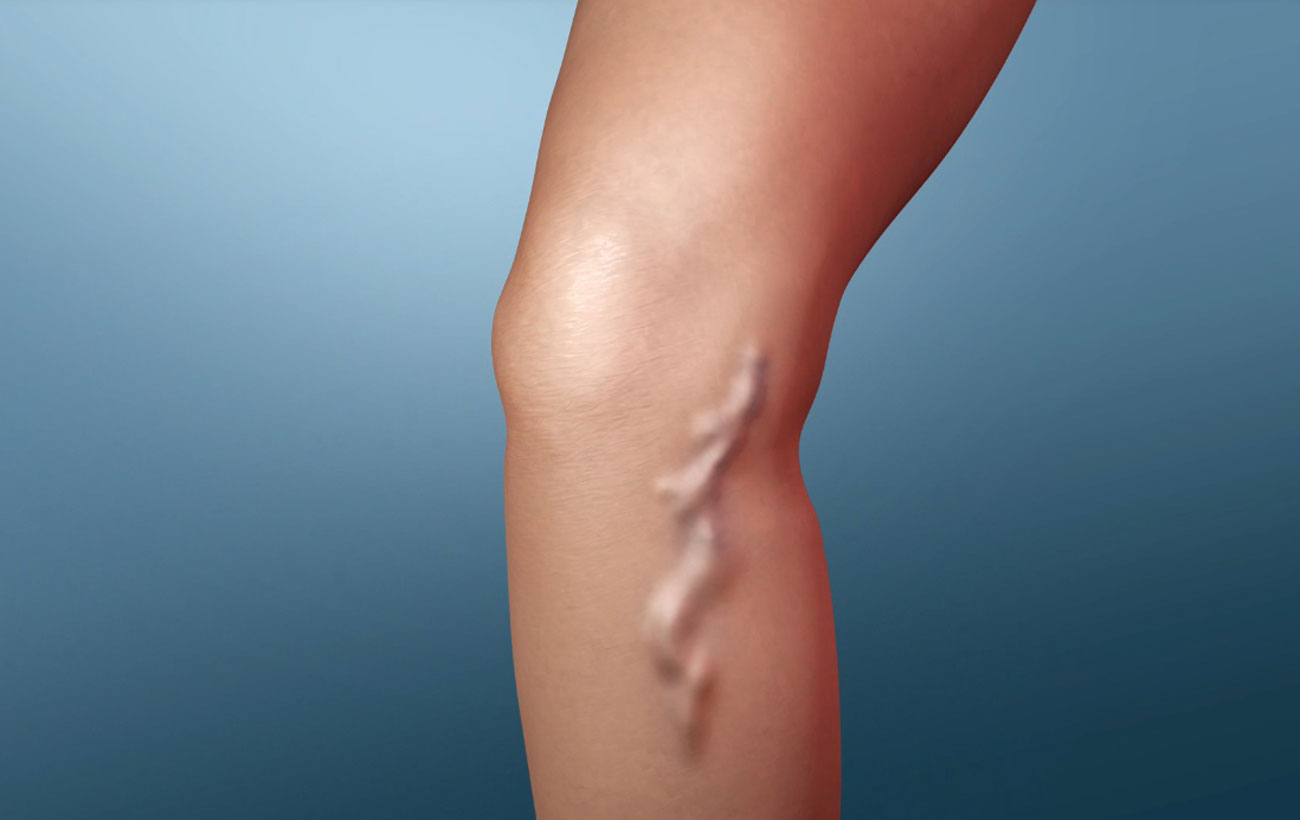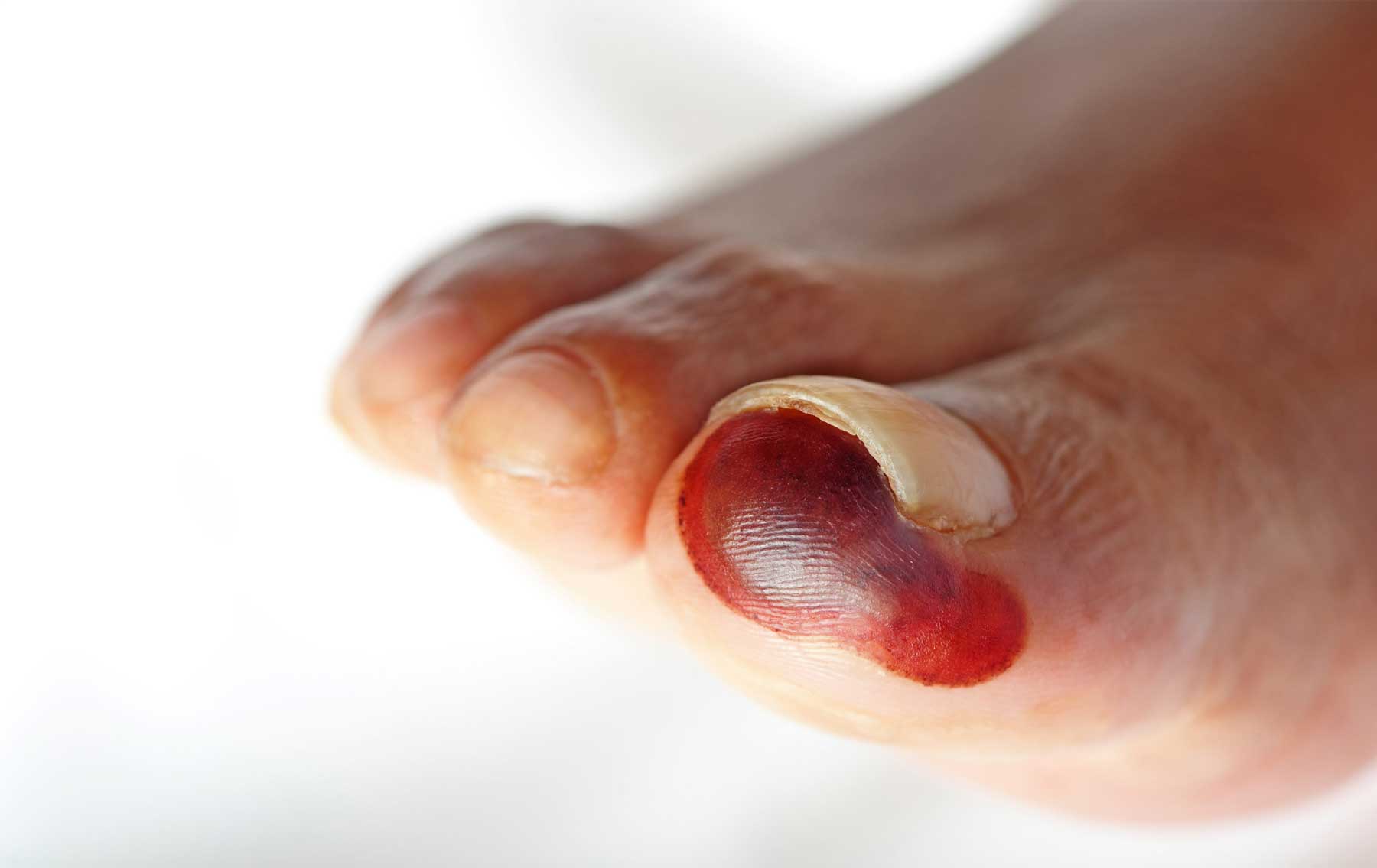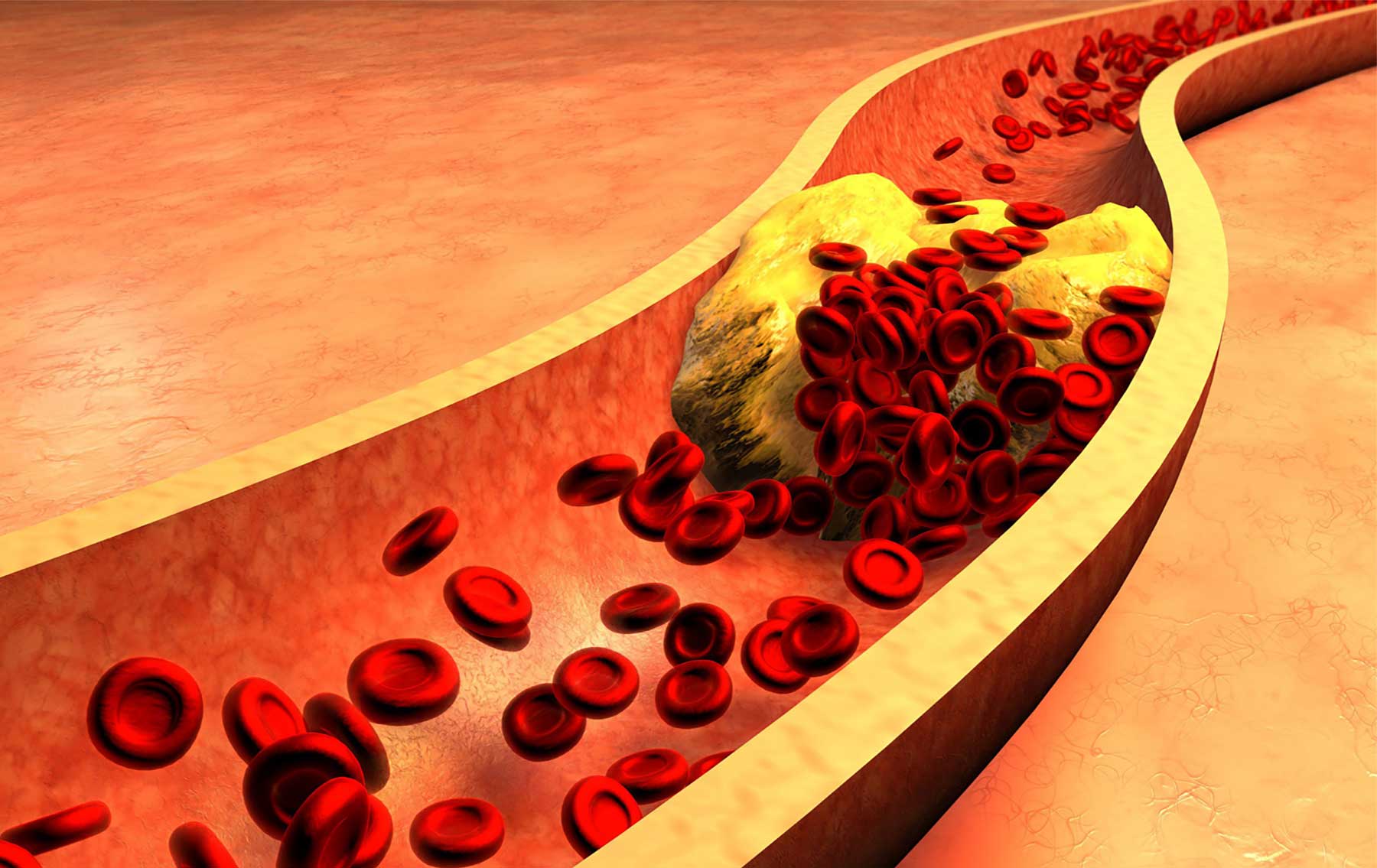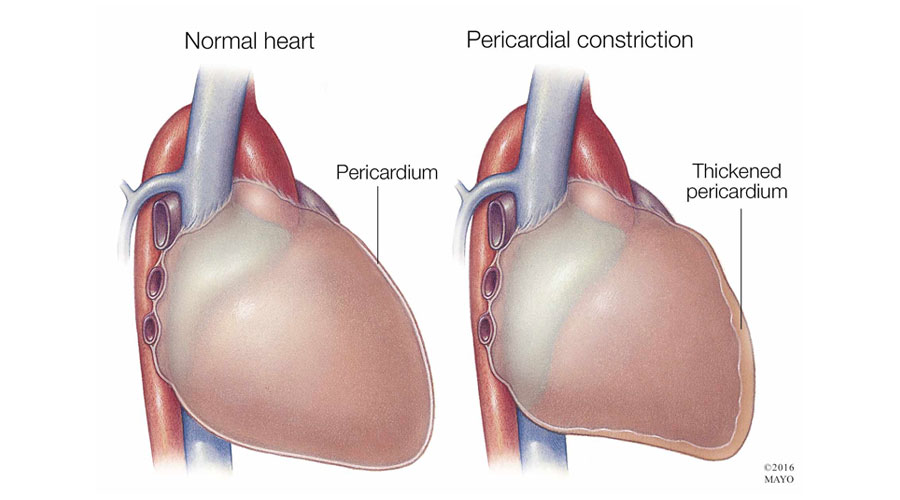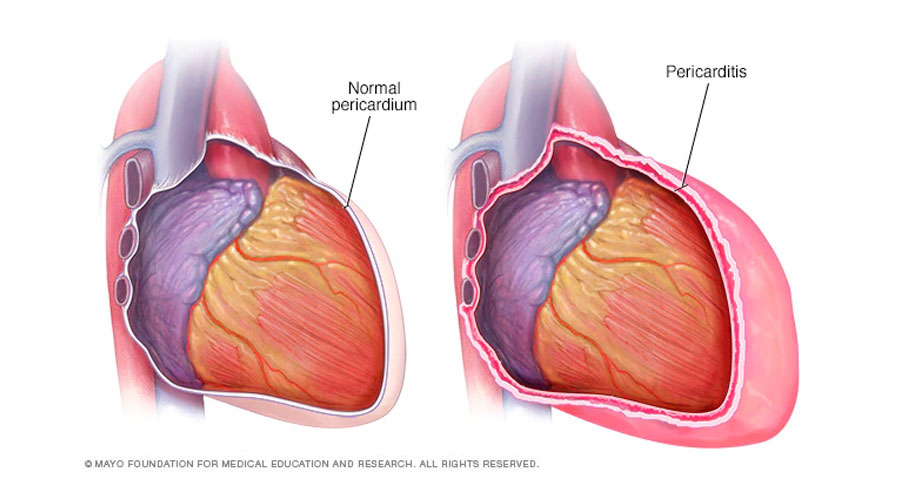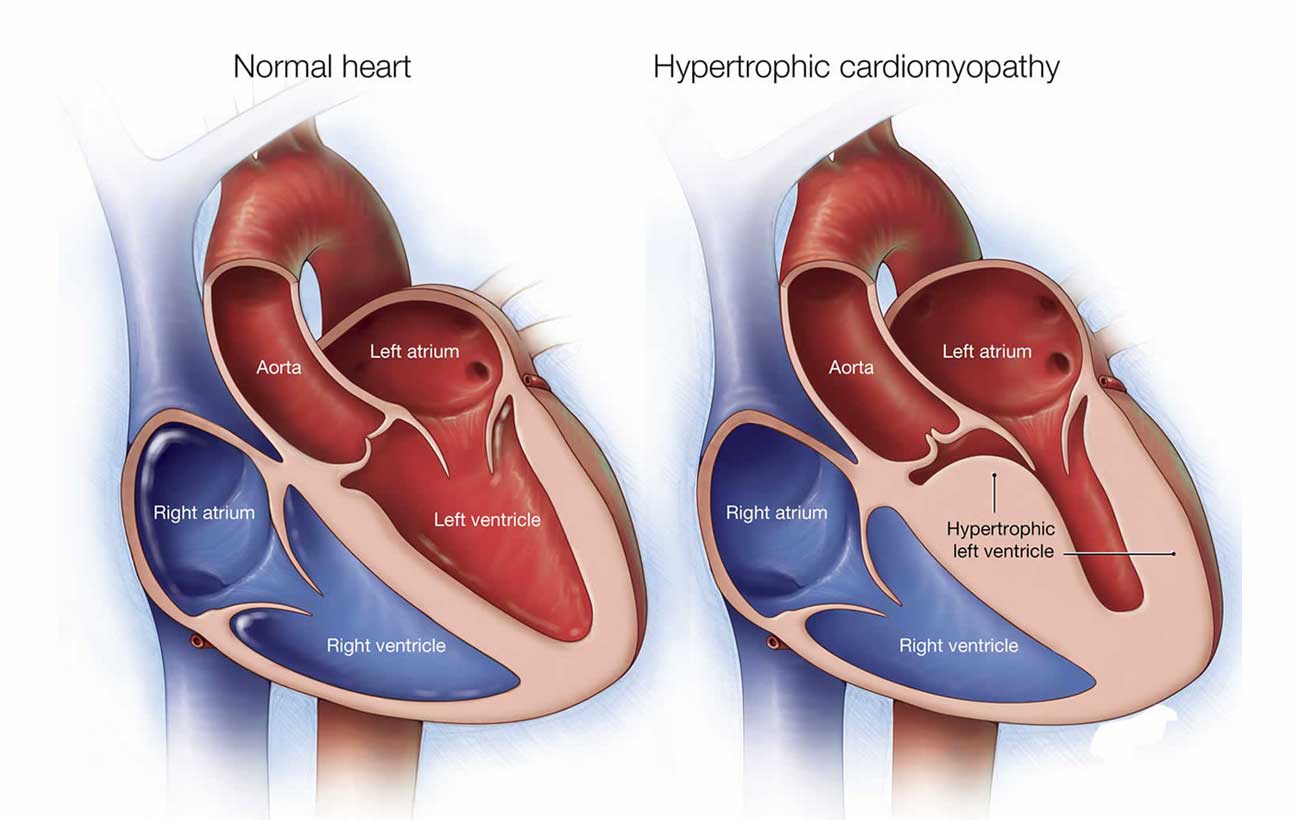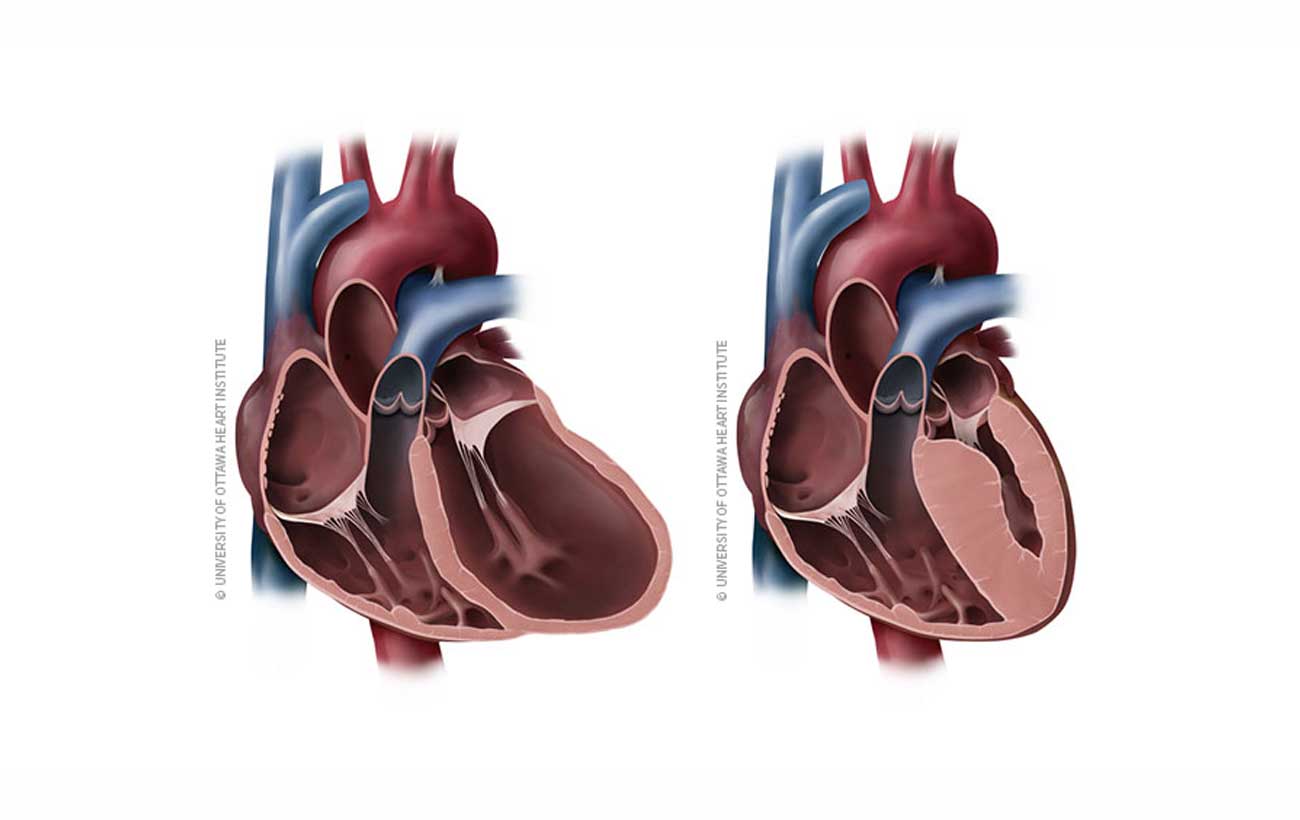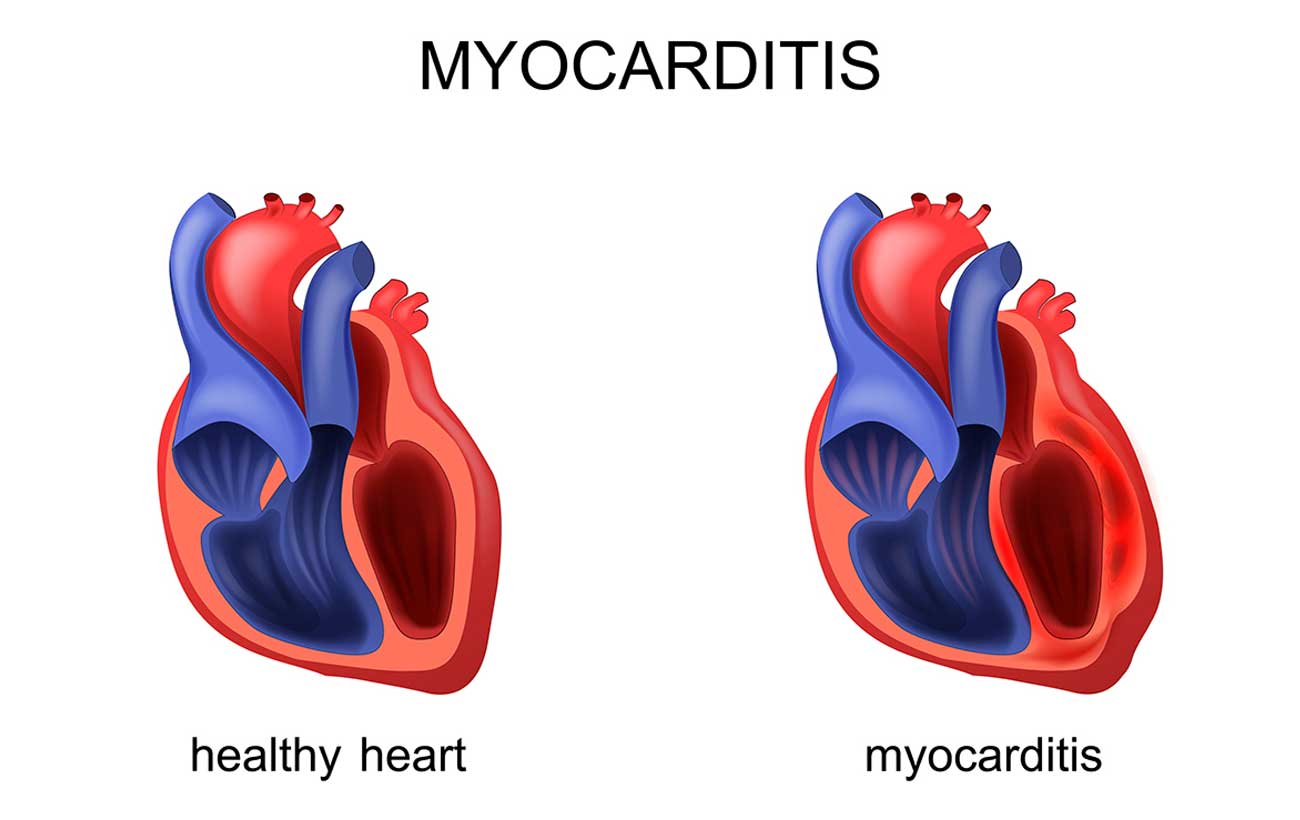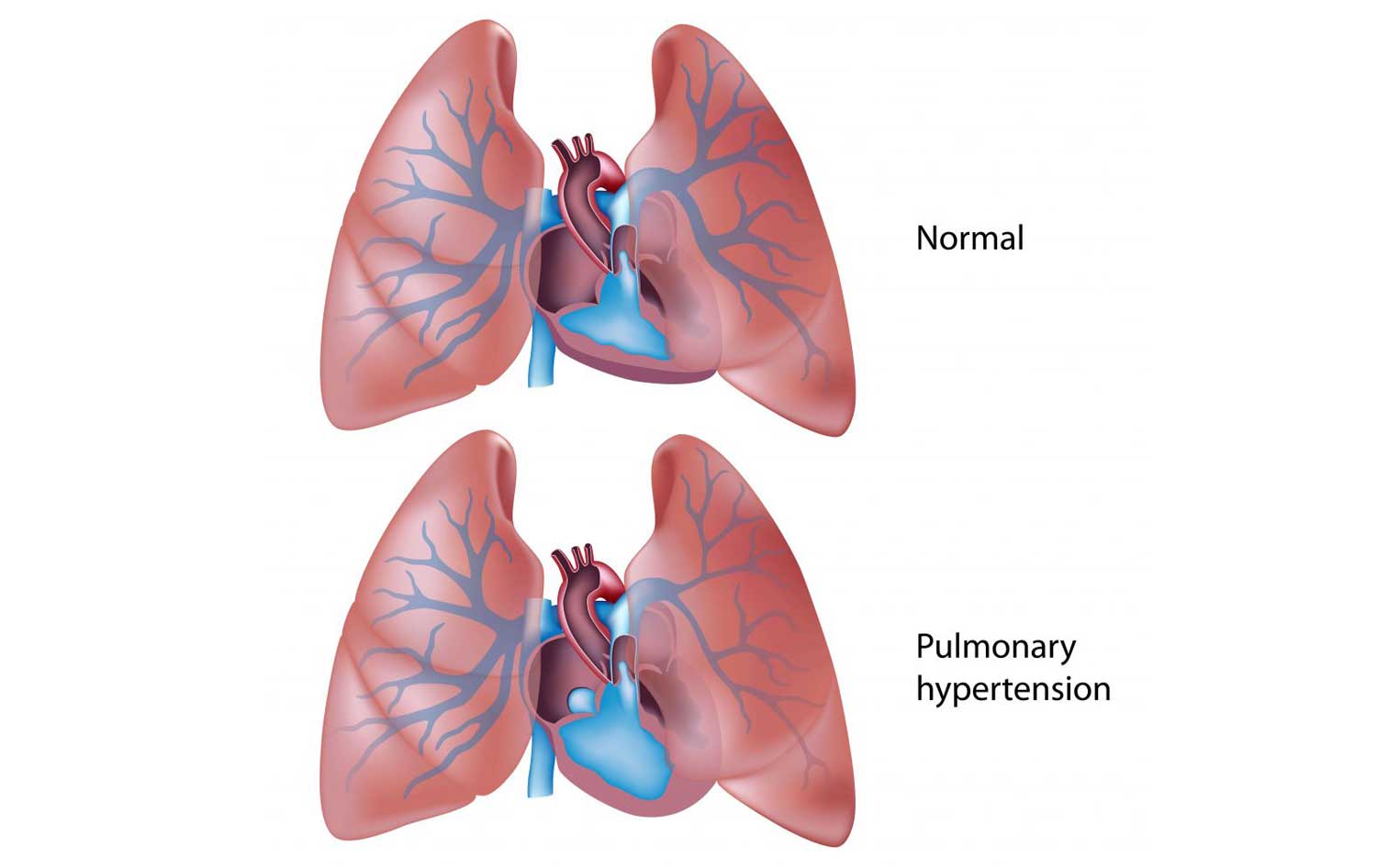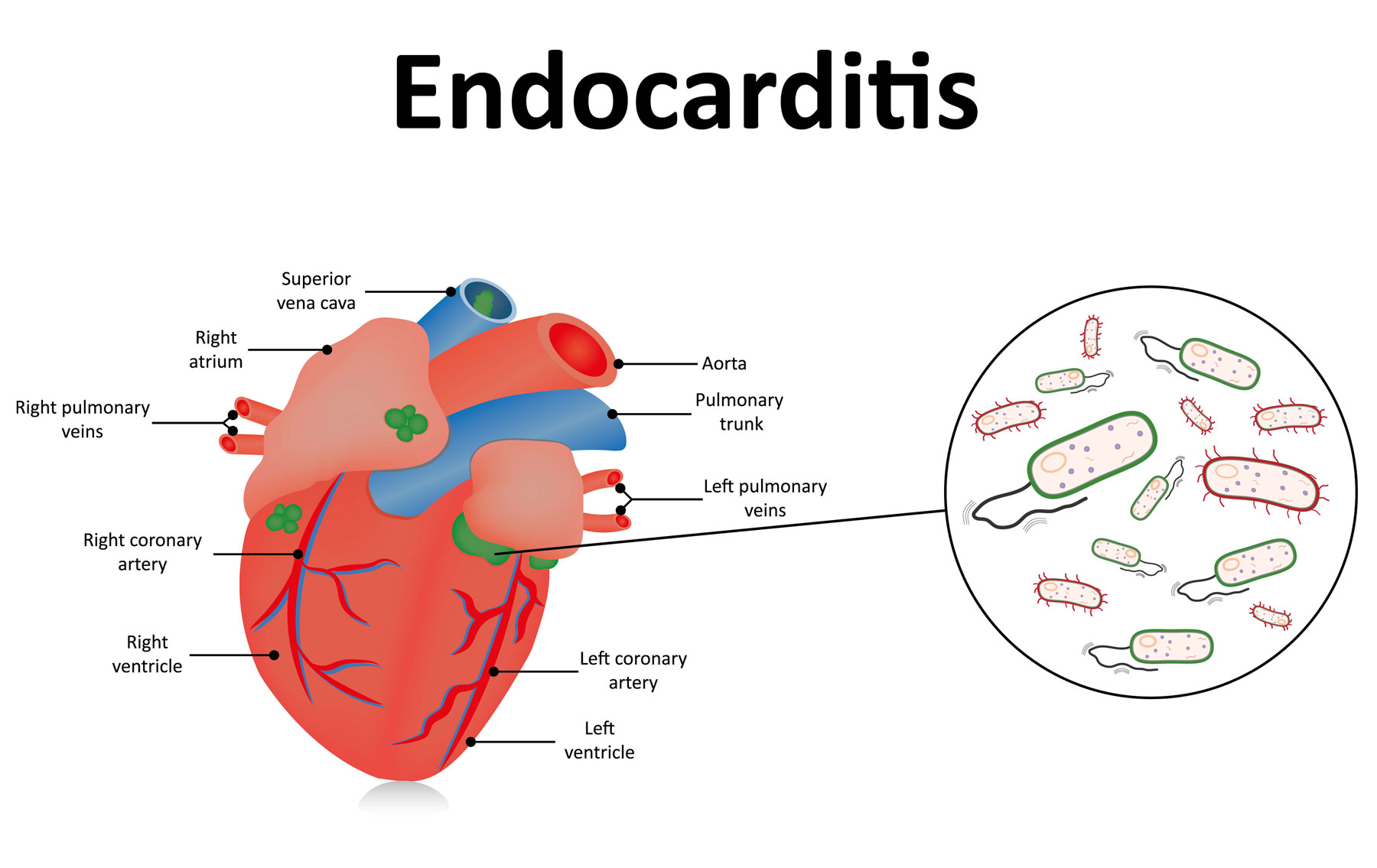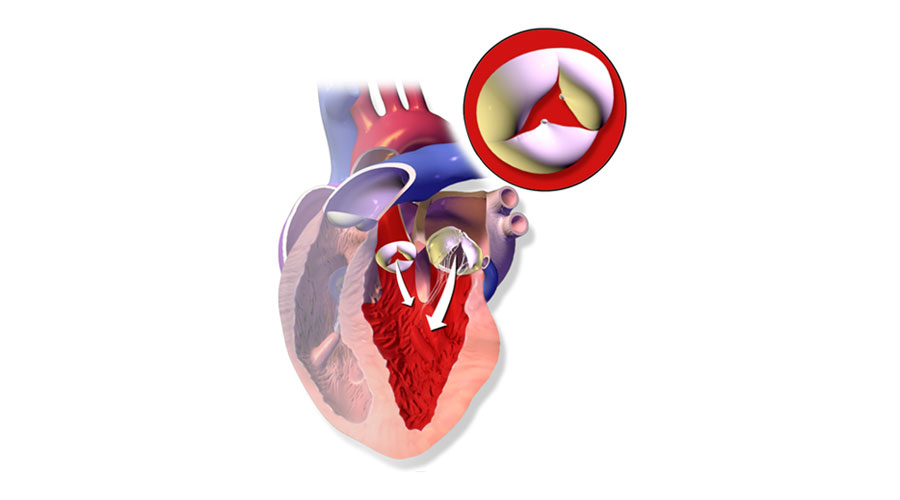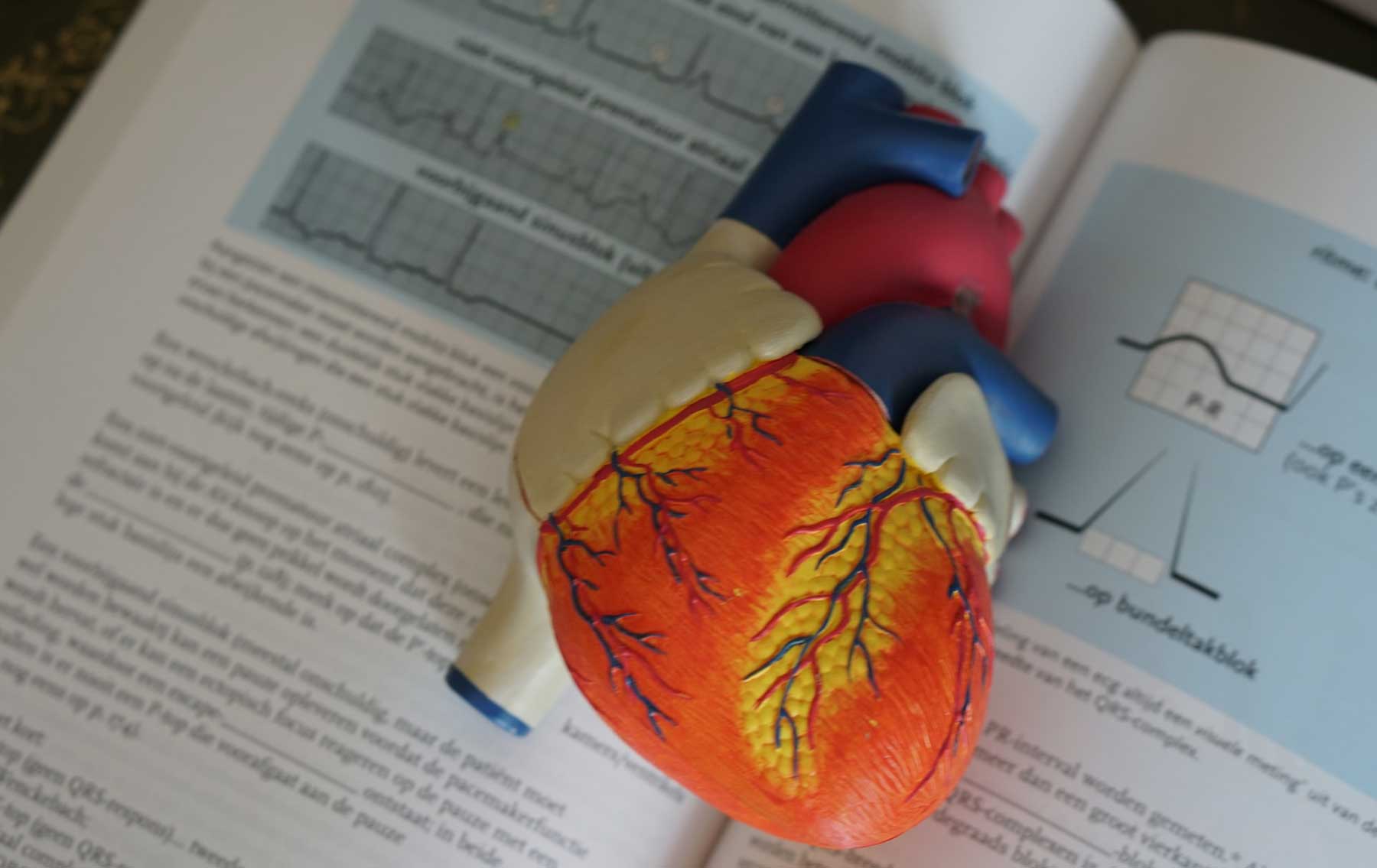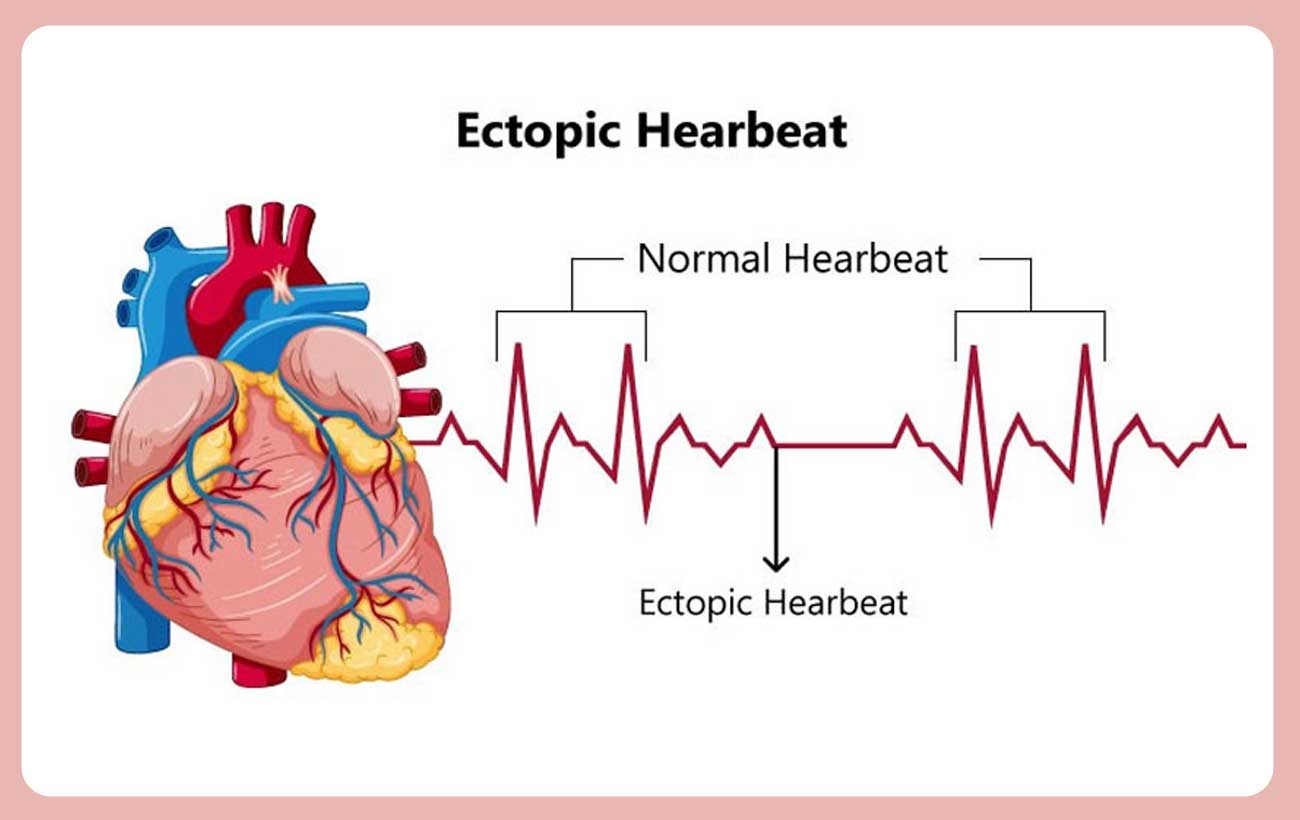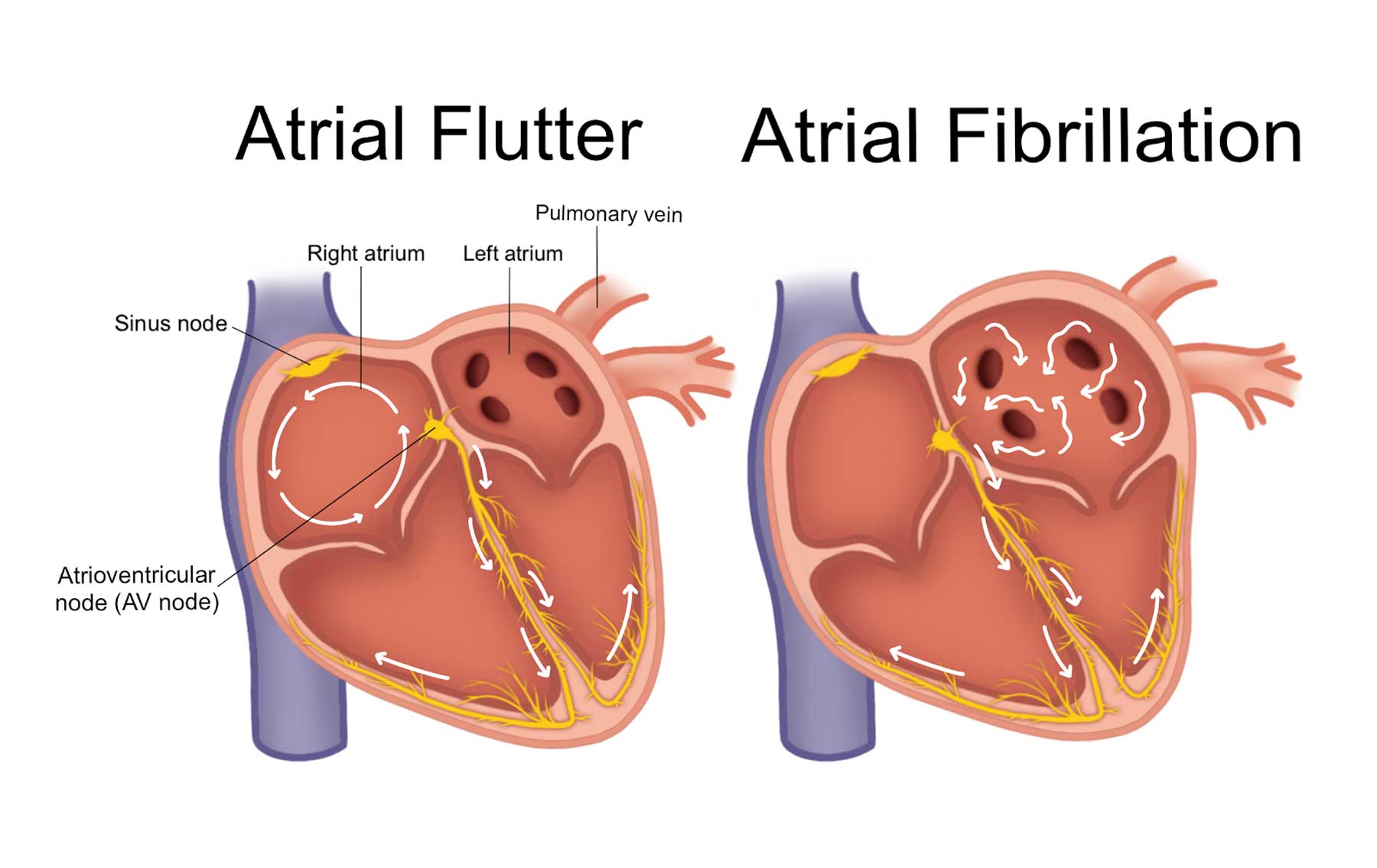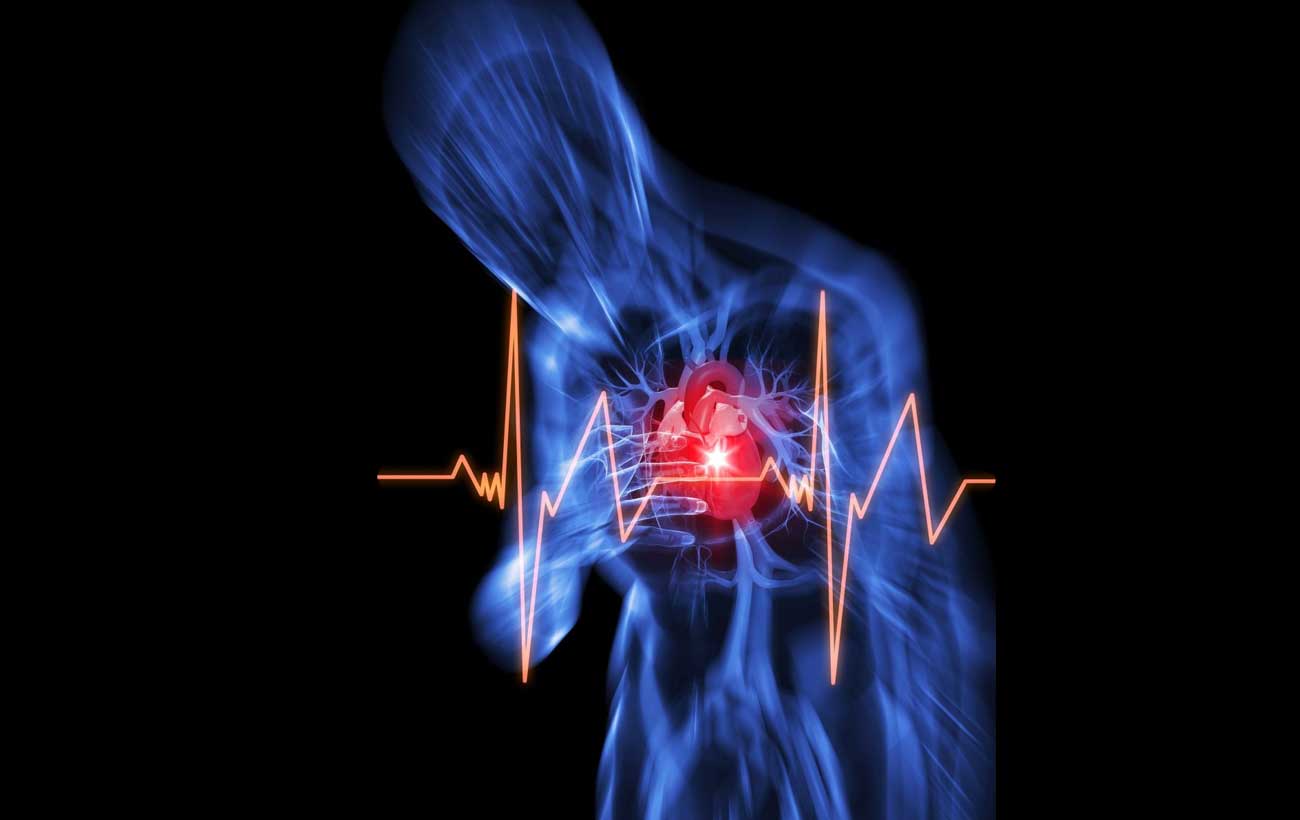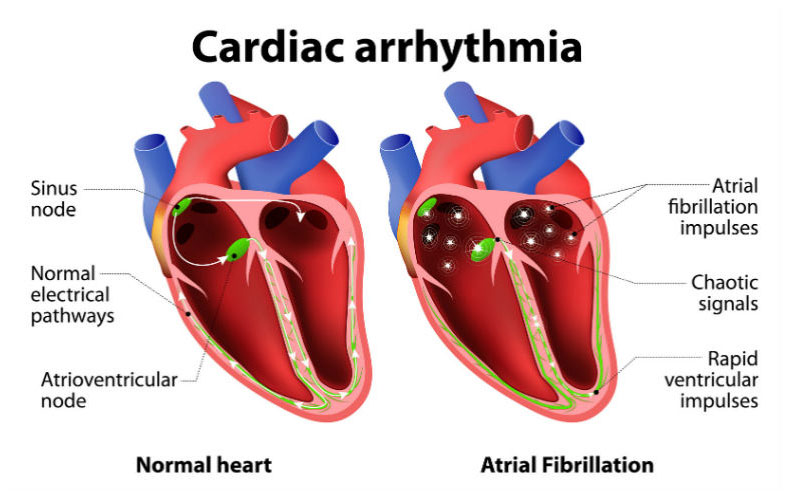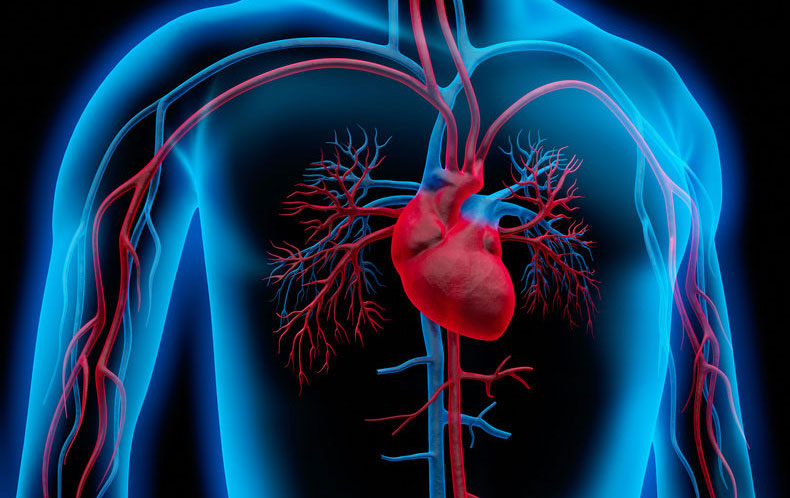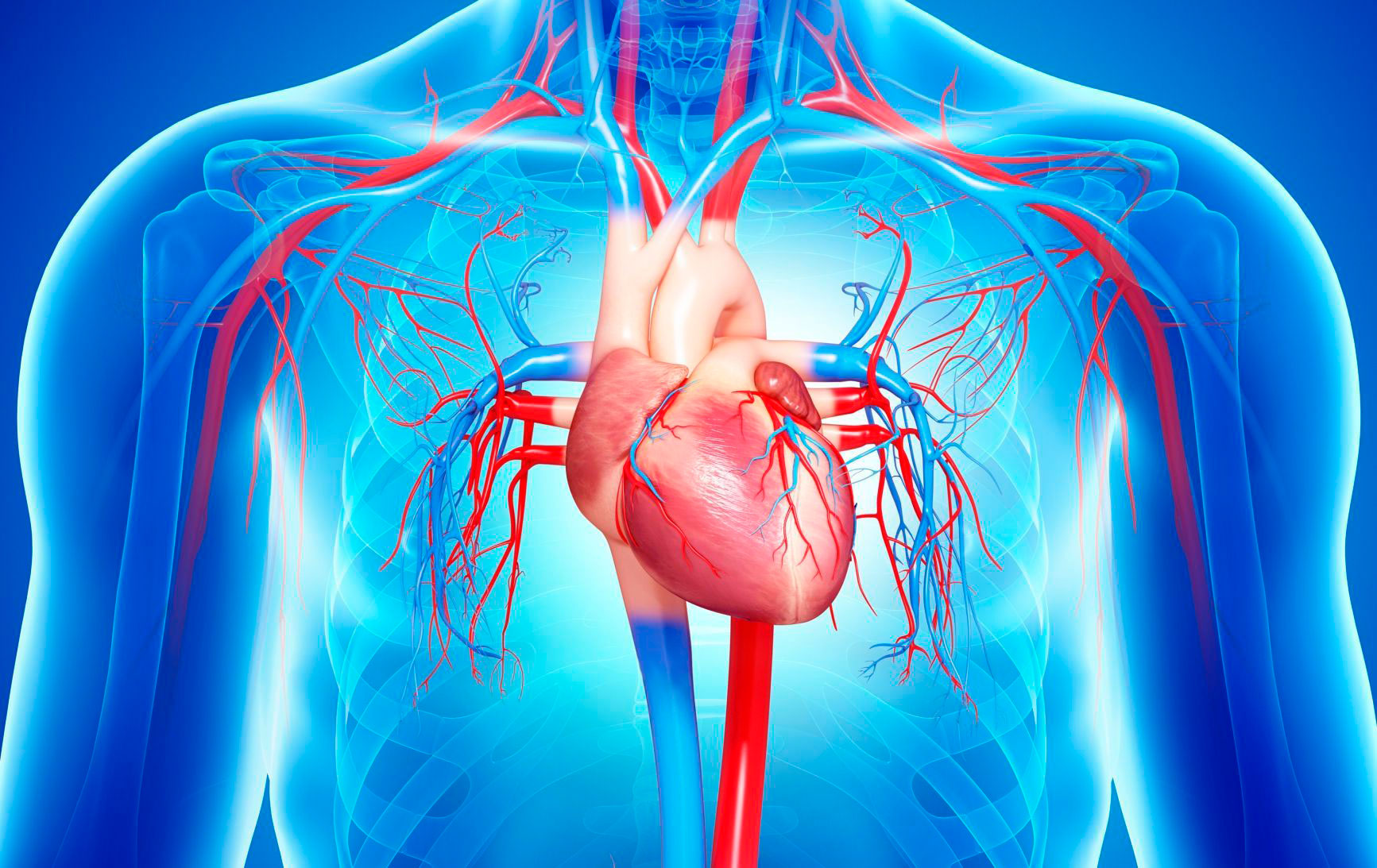Cardiology is a branch of medicine that deals with the disorders of the heart as well as some parts of the circulatory system. The field includes medical diagnosis and treatment of congenital heart defects, coronary artery disease, heart failure, valvular heart disease and electrophysiology. Physicians who specialize in this field of medicine are called cardiologists, a specialty of internal medicine. Pediatric cardiologists are pediatricians who specialize in cardiology. Physicians who specialize in cardiac surgery are called cardiothoracic surgeons or cardiac surgeons, a specialty of general surgery.
Heart disease
Heart disease is the No. 1 killer of men and women. The disease kills more women each year than all cancers combined and 10 times more women than breast cancer. A woman’s risk increases sharply after menopause. Doctors call heart disease a lifestyle disease because it generally results from things we do to ourselves, such as getting too little exercise, eating too much and too many of the wrong kinds of foods (those high in fat and calories and low in nutrients) and too few of the right kinds of foods (those rich in antioxidants and fiber), and weighing more than we should. People who smoke increase their risk even more. Doctors believe that nearly all cases of heart disease could be eliminated if people adopted lifestyle measures such as exercising regularly, eating a nutritious diet, quitting smoking, and staying at a healthy weight.
Heart disease Prevention
Heart disease Prevention Although heart disease can begin to develop early in life, symptoms usually…
Heart disease Treatments
Heart disease Treatments If you have heart disease, your doctor will work with you to…
Heart disease Symptoms
Heart disease Symptoms Heart disease often does not produce symptoms, and for some people the…
Heart disease Risk Factors
Heart disease Risk Factors A number of factors can increase your risk of heart disease.…
Cardiovascular disease
Cardiovascular disease (CVD) is a class of diseases that involve the heart or blood vessels. CVD includes coronary artery diseases (CAD) such as angina and myocardial infarction (commonly known as a heart attack).
Deep Vein Thrombosis
Deep Vein Thrombosis Thrombosis is the formation of a blood clot (thrombus), which can partially…
Pulmonary Embolism
Pulmonary Embolism Pulmonary embolism usually occurs as a serious complication of deep vein thrombosis. A…
Thrombophlebitis
Thrombophlebitis Phlebitis is inflammation of a vein, usually caused by infection or injury. When phlebitis…
Varicose Veins
Varicose Veins Varicose veins are veins directly beneath the skin that have become stretched and…
Gangrene
Gangrene Gangrene is tissue death. Its characteristic black color is a sign that the skin…
Arterial Embolism
Arterial Embolism An embolus is usually a fragment of clotted blood or a piece of…
Aneurysms
Aneurysms An aneurysm is an abnormal ballooning of a damaged or weakened area in an…
Constrictive Pericarditis
Constrictive Pericarditis Pericarditis is inflammation of the pericardium, the membrane that surrounds the heart. The…
Acute Pericarditis
Acute Pericarditis Pericarditis is inflammation of the pericardium, the membrane that surrounds the heart. When…
Hypertrophic Cardiomyopathy
Hypertrophic Cardiomyopathy Defective cells in the heart muscle, possibly as a result of a congenital…
Nutritional Cardiomyopathy
Nutritional Cardiomyopathy Heart muscle can be damaged by toxins. In the United States, the most…
Myocarditis
Myocarditis Myocarditis, or inflammation of the heart muscle, is a type of cardiomyopathy that occurs…
Pulmonary Hypertension
Pulmonary hypertension is elevated blood pressure in the lungs. The disorder can result from any…
Infective Endocarditis
Infective Endocarditis The endocardium is the inner lining of the heart muscle and covering of…
Aortic Insufficiency
Aortic Insufficiency If the aortic valve (the valve between the aorta and the left ventricle)…
Mitral Valve Prolapse
Mitral Valve Prolapse Mitral valve prolapse is a deformity of the mitral valve that can…
Aortic Stenosis
Aortic Stenosis Aortic stenosis occurs when the aortic valve (the valve between the aorta and…
Mitral Regurgitation
Mitral Regurgitation If the mitral valve does not close properly, the blood circulating through the…
Mitral Stenosis
Mitral Stenosis Mitral stenosis occurs when the mitral valve, which is located between the left…
Paroxysmal Atrial Tachycardia
Paroxysmal Atrial Tachycardia In healthy adults, the heart beats from 60 to 100 times per…
Heart Block
Heart Block The heart rate is controlled by a natural pacemaker called the sinoatrial node,…
Ectopic Heartbeats
Ectopic Heartbeats Ectopic heartbeats are irregular beats among otherwise normal heartbeats that feel as though…
Atrial Fibrillation and Flutter
Atrial Fibrillation and Flutter In atrial fibrillation and flutter, the atria (the two upper chambers…
Cardiac Arrest
Cardiac Arrest Cardiac arrest means that the heart is beating ineffectively or has stopped beating.…
Arrhythmias
Arrhythmias A normal heart rate for a person who is resting is between 60 and…
Shock
Shock Shock is a life-threatening condition in which blood flow throughout the body suddenly becomes…
High Blood Pressure
High Blood Pressure Blood pressure is produced by the heart as it pumps blood through…
Congestive Heart Failure
Congestive Heart Failure Congestive heart failure develops when the heart is weakened and is no…

